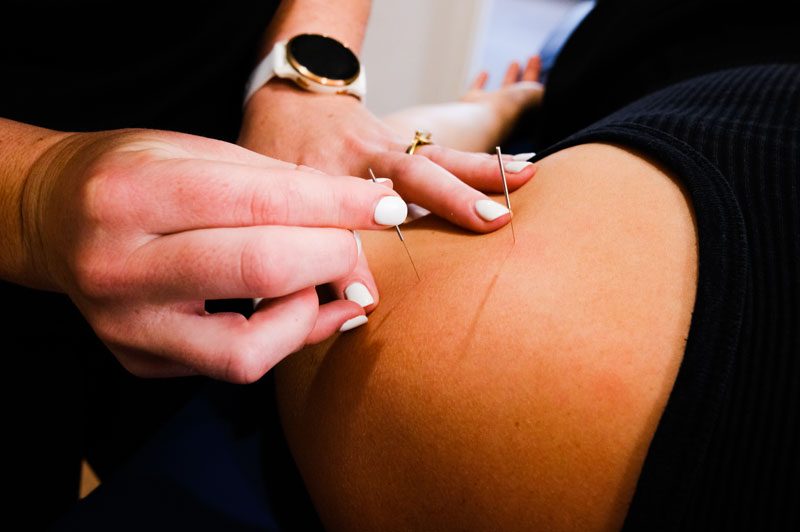Shoulder pain is one of the leading causes of patients attending Physiotherapists and other allied health professionals across Australia. Often shoulder pain can be debilitating, affecting everyday life such as driving, picking up the kids, work, and sports.
The type of shoulder pain we will cover in this blog has been commonly known as rotator cuff-related pain, bursitis, or impingement (a term we tend not to use anymore- read on….). Typically, this has been associated with problems with the rotator cuff tendons and the bursa that sits around the shoulder joint. This often leads to pain with specific activities such as lifting the arm to the side or above the head.
As always, this blog post is designed for information purposes only and we strongly recommend getting tailored advice to manage your individual condition. However, we will give you some handy tips that are generally safe to try at home- you might be surprised at how much they can help!
What is subacromial shoulder pain?
Essentially, this is pain related to any of the structures that are between the ball and socket of the shoulder joint. Common structures that can potentially lead to pain are the bursa and rotator cuff tendons. The rotator cuff tendons are extensions of the four rotator cuff muscles. The role of these muscles and tendons is to provide support to the shoulder joint during dynamic movement of the arm. Think of them like a synergistic system that works to keep your shoulder stable and assist with movement. The bursa is a fluid-filled shock absorber that sits between the bones and the tendons. Its main role is to reduce the pressure, or load, between the rotator cuff tendons and surrounding bony prominences.
Symptoms often associated with subacromial shoulder pain include:
Pain: Usually intermittent pain, often felt as an ache (but sometimes sharp) around the shoulder joint, particularly when raising the arm or during overhead activities.
Stiffness: Limited movement in the shoulder that is either a direct result of injury or because the arm is being rested. Lifting the arm above the head or reaching behind the back are commonly affected.
Weakness: Weakness in the shoulder muscles. This can be due to an injury to the rotator cuff tendons or because pain is present.
Tenderness: Tenderness or sensitivity to touch.
Clicking or Popping Sensations: Some individuals may experience clicking, popping, or grinding sensations in the shoulder joint during movement.
Pain at Rest: Pain may also occur at rest, especially during sleep, leading to disrupted sleep patterns.
Isn’t this the same as “impingement”?
Some people may have heard of or even have been diagnosed with “shoulder impingement” in the past. Whilst this used to be a common diagnosis we are now moving away from this a concept. This is because “impingement” assumes that the process of lifting the arm (with the ball and socket coming closer together) causes a problematic compression of the tendons and bursa within the subacromial space resulting in injury. Actually, this is a perfectly normal movement that occurs thousands of times a year in most people. It only becomes a problem when the structures in between the ball and socket joint become sensitised.
But I do have pain when I lift my arm so why is this not impingement??
This is a great question and one that requires some careful consideration. Almost all patients who come into clinic with non-traumatic shoulder pain (no fall or direct injury) have pain when lifting the arm to the side. This of course sounds like impingement. But remember, you have been doing this movement for many years without any issues. So why is it now painful? Essentially, the bursa or rotator cuff tendons have become sensitised or injured. Once sensitised they now become painful as you move your arm through its range of movement. Lifting your arm out to the side is not a movement to be feared, but a movement to be respected when you have shoulder pain.
How do I know if it is my bursa or my rotator cuff tendons that are causing my pain?
By coming into clinic and having a thorough assessment, your Physiotherapist will be able to give you some guidance into what is causing your pain. However, differentiating between pain-producing structures in the shoulder can be difficult and may require further investigation with an Ultrasound scan or MRI scan. In most cases, this is not necessary but your Physiotherapist (in discussion with you) will determine if medical imaging is the most appropriate path of action.
How long are my symptoms likely to last?
In line with current evidence, I suggest that my clients with subacromial shoulder pain spend at least 3 months working through a structured strengthening program. This program aims to strengthen the entire upper limb and reduce pain in the shoulder itself.
What can I do to reduce my pain right now?
Numerous treatment techniques can help reduce pain and sensitivity with shoulder pain. Below I have detailed some easy-to-follow videos with exercises and self-treatment techniques that may help.

